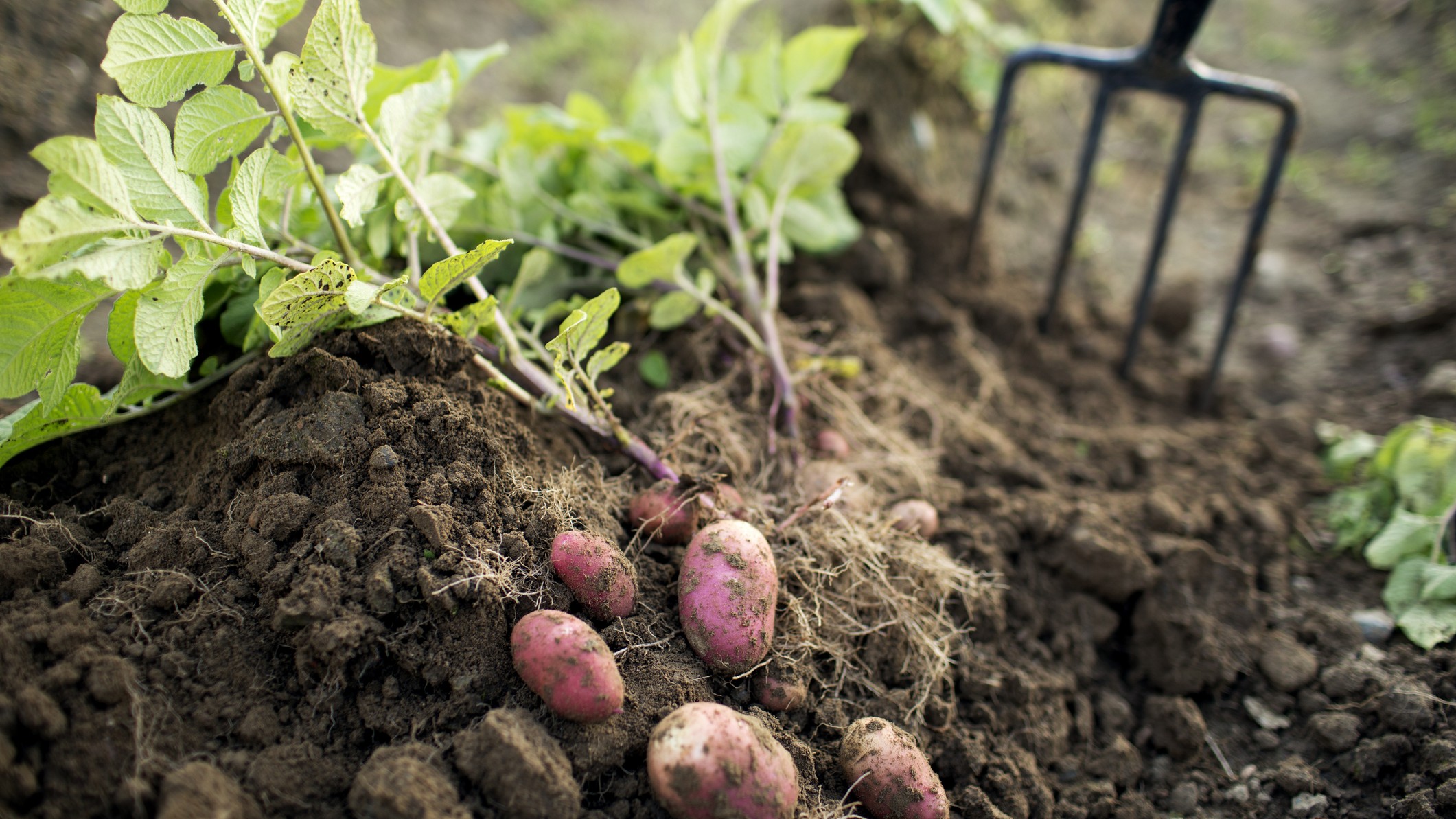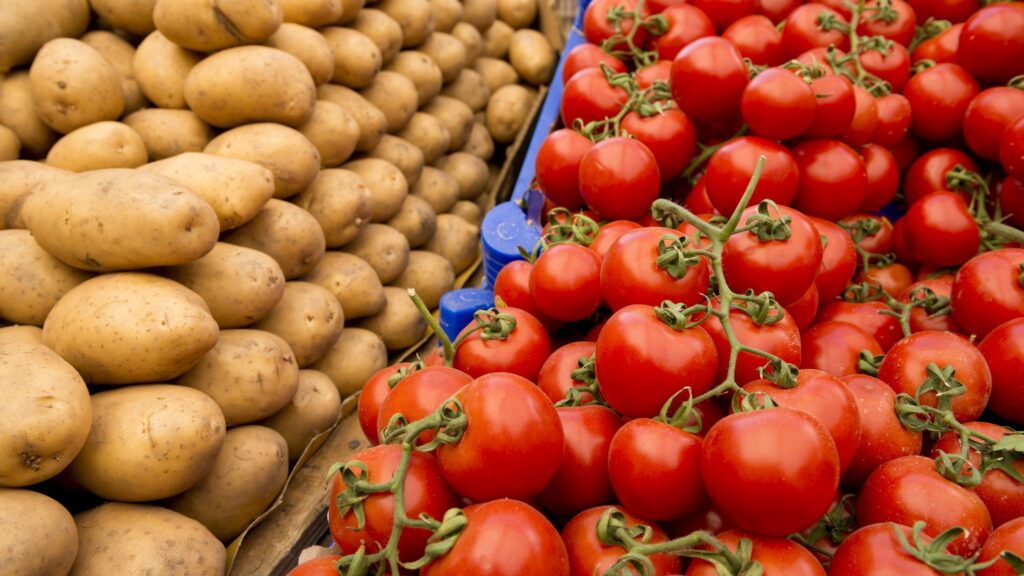Random mating between wild tomato plants and potato-like species 8 million to 9 million years ago may have given rise to one of our favorite carbs: the potato.
Together with 107 extant, wild potato species, the cultivated potatoes we know today (Solanum tuberosum) belong to the lineage Petota. New research suggests that this lineage, or group of closely related species, emerged from interbreeding between the ancestors of two other lineages: Tomato, which consists of 17 living species, including the salad essential Solanum lycopersicum, and Etuberosum, which has three living species native to South America.
“From an evolutionary perspective, we had an unresolved [disagreement] in the relationships between Tomato, Petota and Etuberosum lineages,” Sandra Knapp, a research botanist at the Natural History Museum in London and co-author of the new study, told Live Science in an email.
The importance of interbreeding in this case, Knapp said, is that it created new combinations of genes in the Petota lineage, giving rise to tubers — the swollen, underground organs that store water and nutrients, which humans eat. The ancestors of modern Tomato and Etuberosum plants did not have tubers, and these structures have not appeared in either lineage since they interbred to produce a hybrid.
“Our findings show how a hybridization event between species can spark the evolution of new traits, allowing even more species to emerge,” study co-author Sanwen Huang, a professor of agricultural genomics at the Chinese Academy of Agricultural Sciences, said in a statement. “We’ve finally solved the mystery of where potatoes came from.”
The researchers analyzed the genomes of 128 Petota, Tomato and Etuberosum plants to resolve the evolutionary relationships between these lineages. They used advanced genomic tools that were not previously available, explaining why scientists haven’t obtained these results before, Knapp said. The team published its findings Thursday (July 31) in the journal Cell.
Related: 2 plants randomly mated up to 1 million years ago to give rise to one of the world’s most popular drinks
The analysis revealed “mosaic-like” genetic patterns in Petota that represented an even mix of DNA inherited from both Tomato and Etuberosum, dating the origin of potatoes to an interbreeding event between the two lineages between 8 million and 9 million years ago, the researchers wrote in the study.
An ancient hybridization event between Etuberosum and Tomato is possible because these lineages shared a last common ancestor between 13 million and 14 million years ago, according to the study. Despite evolving independently after this common ancestor disappeared, Etuberosum and Tomato plants may still have had enough in common genetically to interbreed 5 million years later.

The potato plants resulting from this match produced tubers, which the researchers linked to several genes. Notably, the team identified SP6A, a gene that came from the Tomato lineage but evolved in potatoes to provide instructions on when to make tubers. The researchers also highlighted the gene IT1 as involved in forming tubers, but this gene came from the Etuberosum side, according to the study.
Tubers helped potato plants conquer new soil at a time when the Andes mountains were undergoing rapid uplift, the researchers suggest. Interbreeding “led to a reshuffling of genes such that the new lineage produced tubers, allowing these plants to expand into the newly created cold, dry habitats in the rising Andes mountain chain,” Knapp said.
Potato plants’ ability to store nutrients and water likely helped them survive in harsher environments than Etuberosum and Tomato plants. This not only promoted the geographical expansion of potatoes, but it also prevented mating with Etuberosum and Tomato plants, allowing Petota to evolve into a completely new lineage, according to the study.
“Evolving a tuber gave potatoes a huge advantage in harsh environments, fueling an explosion of new species and contributing to the rich diversity of potatoes we see and rely on today,” Huang said.
